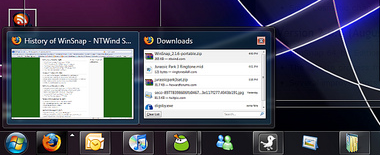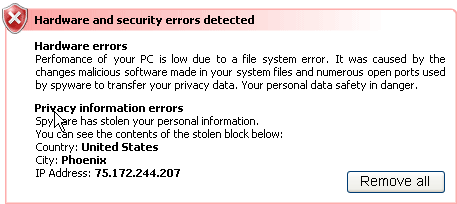Microsoft’s beta of Windows 7 was released a couple of days ago. Prior to that, it had been seen and reviewed extensively because it was on bittorrent (peer-to-peer) sites. There is speculation that Microsoft themselves leaked this build to the Internet to build interest. Given the poor consumer embrace of Windows Vista, it appears that Microsoft is using this update to ditch the term Vista. Windows 7 does appear to be faster and better than Vista.
Back Story
After Vista’s so-so entry into the world, Microsoft revamped their development approach to Windows. A few years ago, Microsoft’s approach was to have a main development build of Windows. When it was time to make the desktop or server versions, they would fork the source code tree. This forked approach proved unwieldy for keeping track of all the code.
For Windows 7, the code is now componentized. This means that each part of the OS is worked on individually and managed in one spot. To make the desktop OS, you simply pull all the components needed together. For Windows Server, you do the same. Due to this streamlined approach, not only will Microsoft be able to come out with OSs in a timely manner, but updates will also be smaller and released more frequently.
Optimizations and Drivers
In the process of modularizing the OS, they also looked through the code to see what was used the most and worked on optimizing that code. So while the entire OS hasn’t been “optimized”, the stuff that matters is. I’m running Windows 7 on my Acer Aspire One, and it runs quite fast, faster than Vista or XP.
Since Microsoft wants Windows 7 to launch without a hitch, they’re not changing the driver model from Vista. So if your printer or scanner now (finally) works, then it’ll work in Windows 7 too. They are also putting pressure on hardware manufacturers to have signed/updated drivers.
What’s new in Windows 7?
The biggest difference you can see in Windows 7 is the new taskbar.

You aren’t forced to use the taskbar and you can go back to the old way if you want. This taskbar looks much like the dock in Apple’s Mac OS X, but it’s a little nicer. You can run a program more than once (can’t do that on a mac). But the best thing is Aero Peek.

I’ve been looking for something equivalent to OS X’s exposé for quite some time, and this is better. When you mouseover the program icon in the task bar, it brings up a thumbnail of every window that application has. When you move over the thumbnail, that window fades in while all other windows fade out. If you have a phone number or some quick info you need to view in another application, you can get to it without any mouse clicks.
Not Far Away
For a beta, Windows 7 is already very stable and is reportedly feature complete. This means that Microsoft can’t be far from releasing it, possibly by mid-2009. With the new Mac OS X Snow Leopard arriving around that time too, it should be a good year for operating system upgrades.
 Is it time to buy those boxes of ammo and head for the hills? We’ll see.
Is it time to buy those boxes of ammo and head for the hills? We’ll see.

 Download the Malicious Software Removal Tool
Download the Malicious Software Removal Tool

